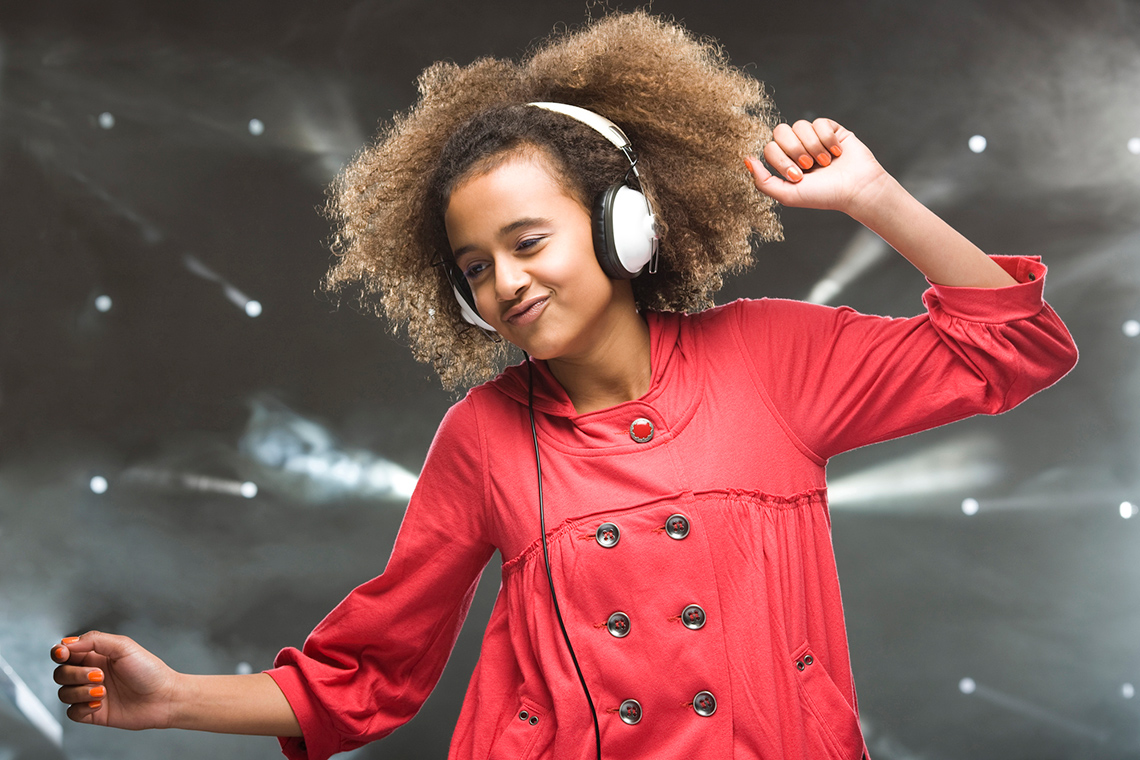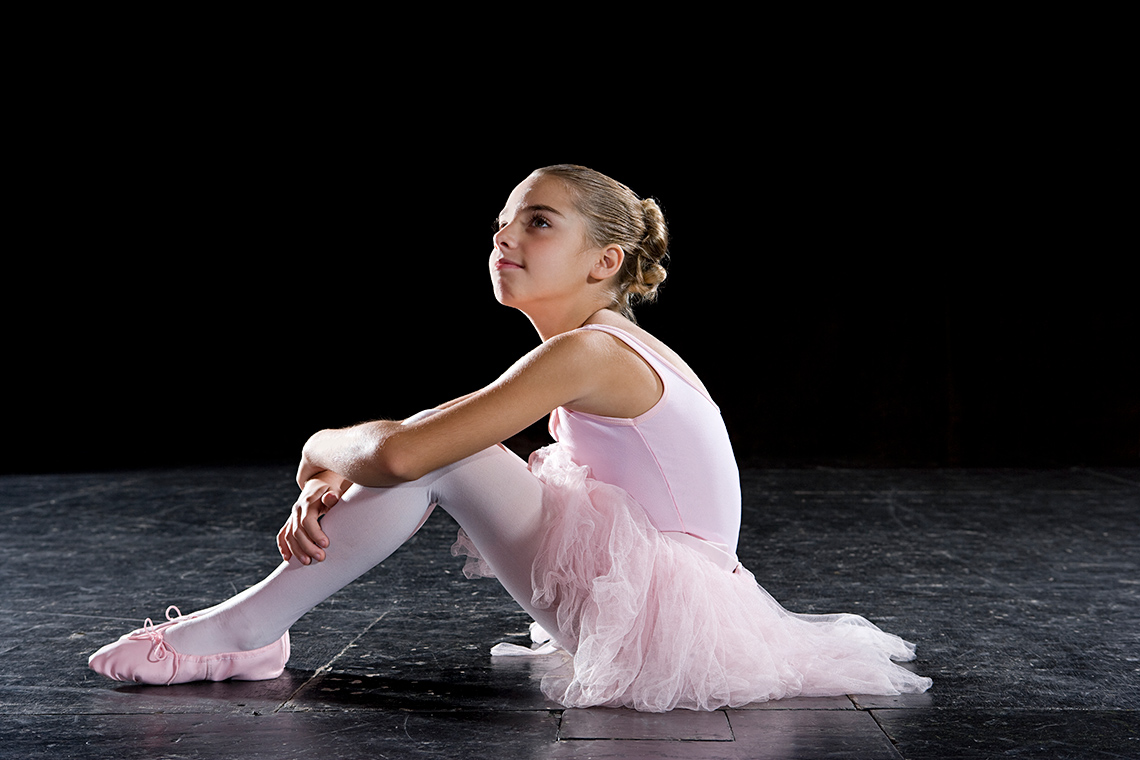Minds On
Let’s get started!
Press the following tabs to access today’s vocabulary.
Important ideas in dance, which include the following:
Body: The instrument of dance. The term body may also refer to the body’s position or shape (e.g., curved, straight, angular, twisted, symmetrical, asymmetrical); also, how the body is moving (e.g., using locomotor or non-locomotor movements).
Energy: The force with which the body moves (e.g., light, strong, sustained, sudden).
Relationship: The way in which two or more things are connected to or associated with one another (e.g., dancer to dancer, dancer to object, right arm to left arm).
Space: The physical area in which the body moves; also, the area surrounding the body.
Time: An element of dance involving rhythm, tempo, accent, and duration. Time can be based on measured beats, as in music, or on body rhythms, such as breath, emotions, and heartbeat.
The elements of dance are the building blocks that dancers and choreographers use to create dance pieces. Anyone can create dance!
When you combine the elements of dance, they can convey different meanings. Consider the following images and descriptions. What do you think these dance moves are communicating to the audience?


Record your initial ideas using a method of your choice.
Action
Get ready, get set…
Task 1: How do the elements communicate?
Let’s revisit the images from the Minds On section.

Dancer #1
- What do you think the dancer is communicating to the audience?
- What elements of dance are being used to communicate that message?
Press ‘Sample Answers’ to access possible responses.
- They could be communicating joy.
- The dancer is at a high level, with an open body position (facing the audience, with arms raised).
Examine the second image and description, as well.

Dancer #2
- What do you think the dancer is communicating to the audience?
- What elements of dance are being used to communicate that message?
Press ‘Sample Answers’ to access possible responses.
- They could be communicating sadness.
- The dancer is at a low level, with a closed body position (facing away from the audience, with arms covering face).
Go!
Task 2: Playing with the elements

Let’s explore how various emotions or ideas can be communicated through the elements of dance. Consider how someone might communicate the following ideas:
- being on a secret mission
- being excited
- being bored
- going on an adventure
Which elements of dance could be used to convey each message? Refer to the elements of dance chart for ideas.
Press ‘Elements of Dance’ to access the dance elements.
| Elements of Dance | |
|---|---|
| Body |
What is your body doing? Consider the following questions: What different body bases could you use to create a shape with your body? What different body parts could you move? How many different locomotor and non-locomotor movement could you create? Could you create symmetry in your body? What about asymmetry? What kinds of angular shapes could you make? What kind of curved shapes could you make? |
| Space |
Where is your body moving? Consider the following questions: How could you move at a high, middle, or low level? What different pathways could you travel (in a straight line, in a zigzag, backwards)? If you are dancing with someone else, how is it different when you dance close together vs. far apart? |
| Time |
When is the body moving? (in relation to time) How could you move at various speeds (e.g., fast, medium, slow)? How it is different dancing to music vs. dancing without music? Could you add a pause or a moment of stillness into your movements? |
| Energy |
How is your body moving? Consider the following questions: How could you move lightly (e.g., as if you are a balloon floating through the sky, as if you are an astronaut in outer space? How could you move as if your body was heavy (e.g., as if you were pushing a big piece of furniture across the floor, as if you were moving through thick mud)? What is an example of a sudden movement? What is an example of a sustained movement? |
| Relationship |
Who or what is the body moving with? Consider the following questions: How might dancers meet or part in a dance piece? How could emotions or facial expressions be added to movements? How could you move around, under, or over a prop? |
Portfolio
Portfolio
Complete the Elements Convey Messages in your notebook or using the following fillable and printable document. Consider adding your work to your portfolio. If you would like, you can use speech-to-text or audio recording tools to record your thoughts. You can use pictures, words, or movements to convey your ideas.
| Message | Which elements of dance could be used? (Choose at least two) | Describe the movements that could be used... |
|---|---|---|
| Being on a secret mission |
Body Time |
Walking very slowly, with a closed body position |
| Being excited | ||
| Going on an adventure |
Complete Elements Convey Messages in your notebook or using the following fillable and printable document.
Press the ‘Activity’ button to access the Elements Convey Messages.
Press ‘Example’ to access an idea about how elements of dance can convey specific messages
| Elements Convey Messages | ||
|---|---|---|
| Message | Which elements of dance could be used? (Choose at least two) |
Describe the movements that could be used... |
| Being on a secret mission |
Body Time |
Walking very slowly, with a closed body position |
If possible, share your movements with a partner. Can they guess what you are trying to convey?
Consolidation
Putting it all together
Use the following questions to reflect on your learning.
- How can the elements of dance be used to communicate a message or idea?
- How does dance communicate meaning?
- Describe one element that you are comfortable exploring in a dance piece. What is one element that you would like to continue to explore further?
- Is there an element that you wish to explore further to help you create or describe a dance piece that communicates a message?

Reflection
As you read through these descriptions, which sentence best describes how you are feeling about your understanding of this learning activity? Press the button that is beside this sentence.
I feel…
Now, record your ideas using a voice recorder, speech-to-text, or writing tool.